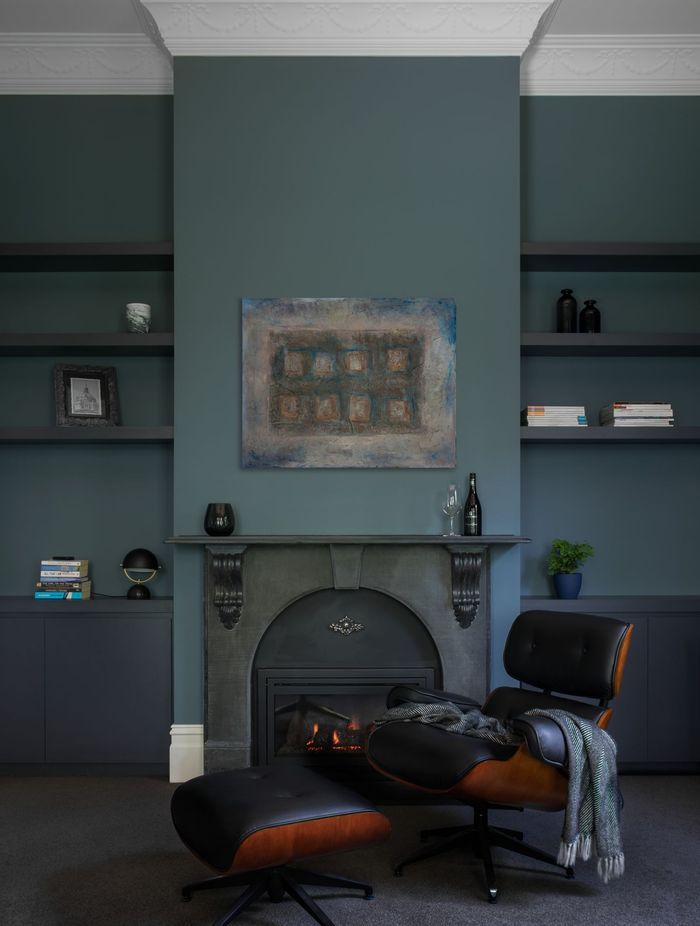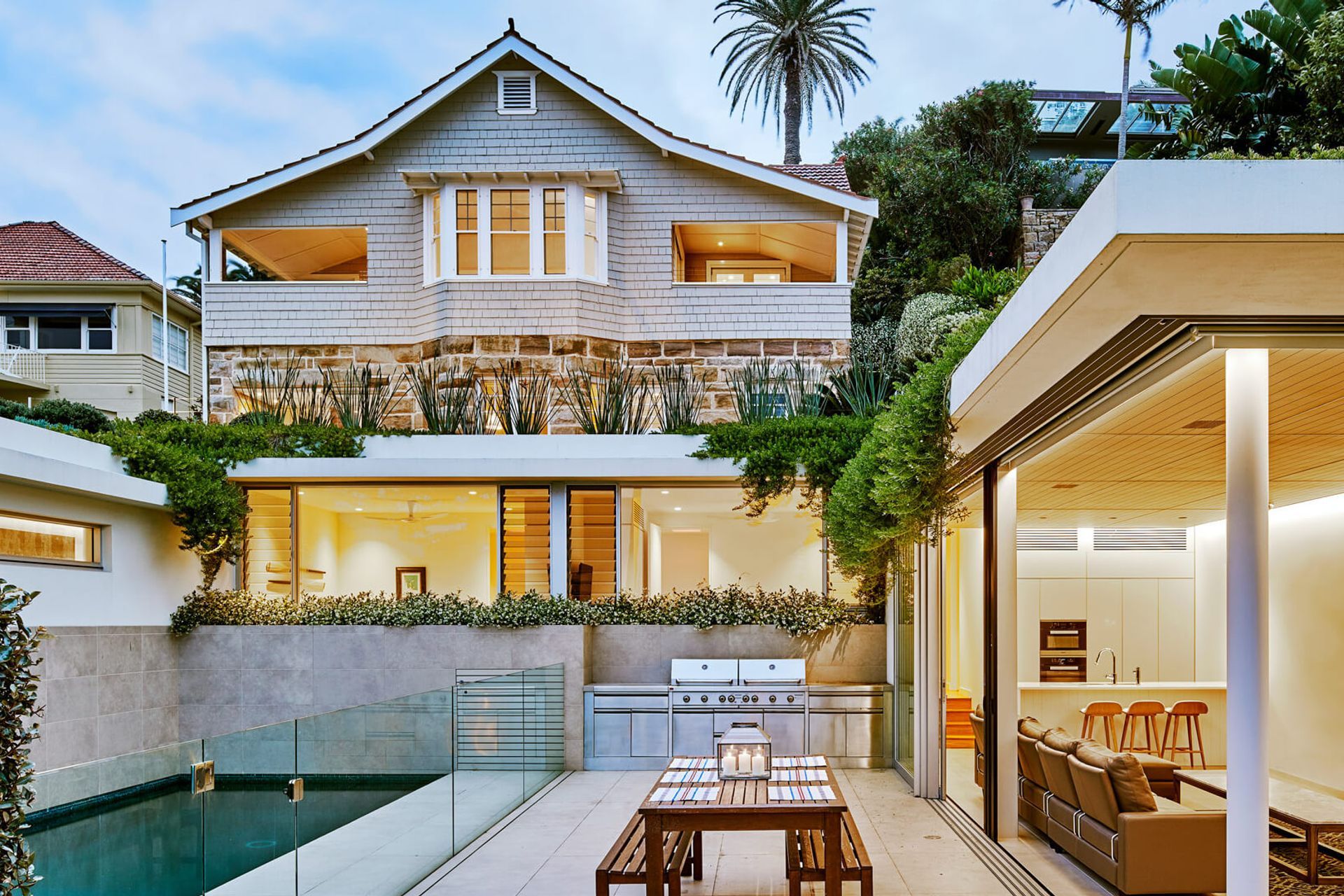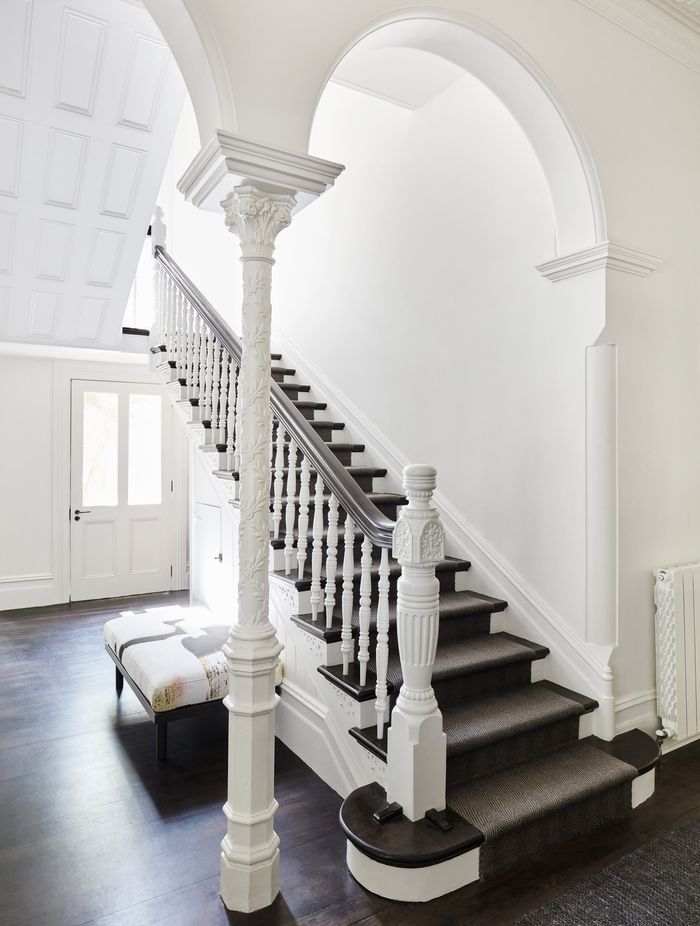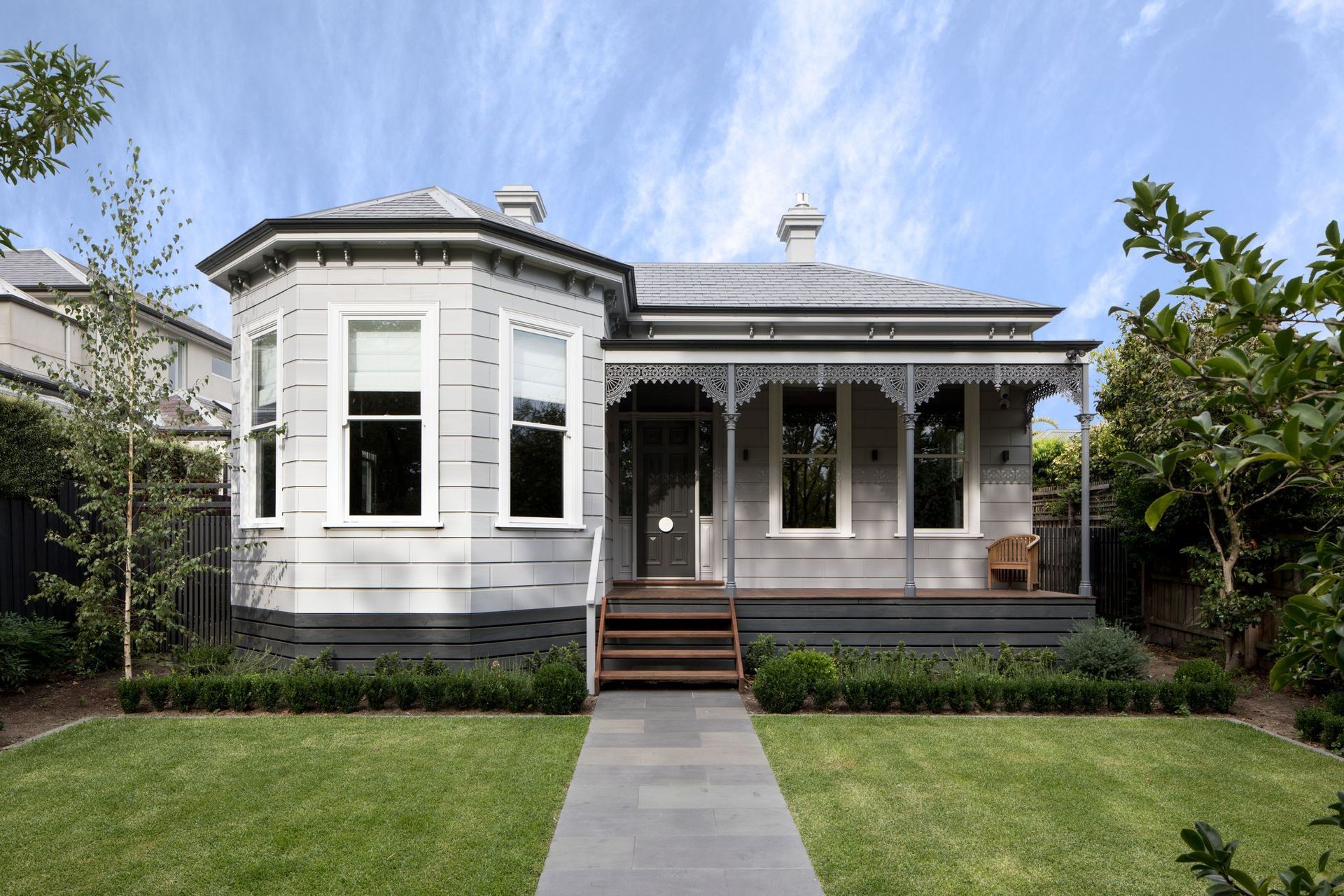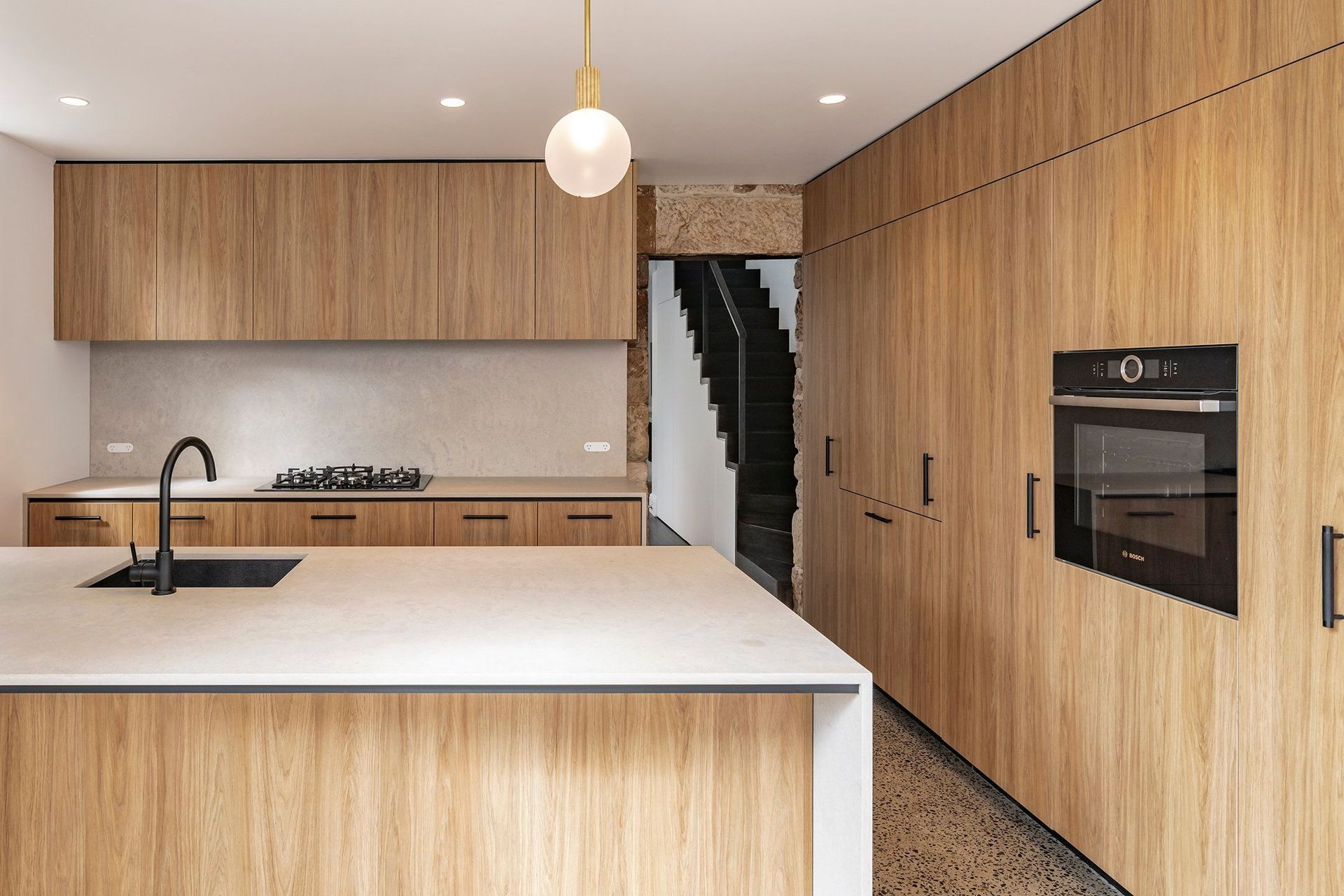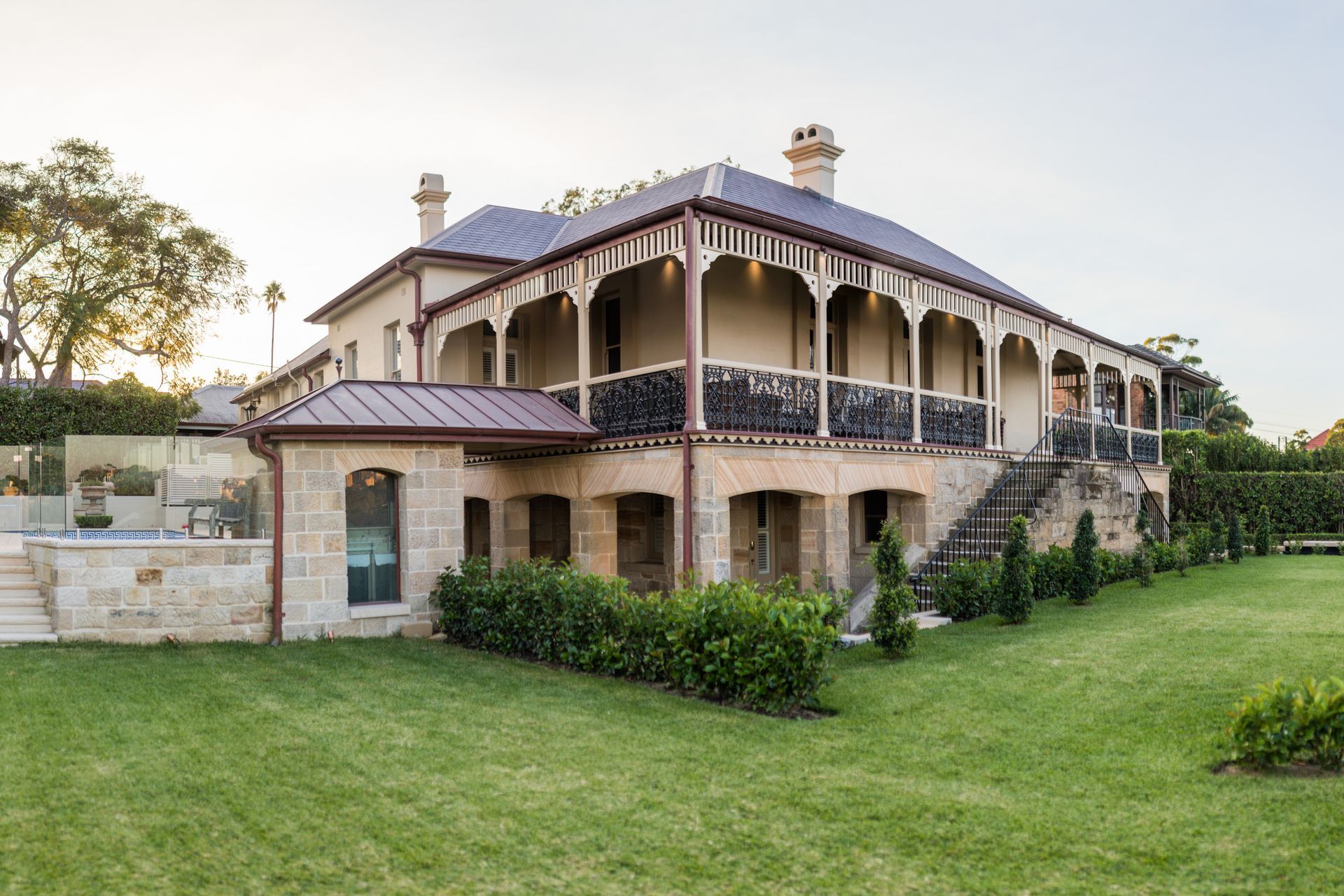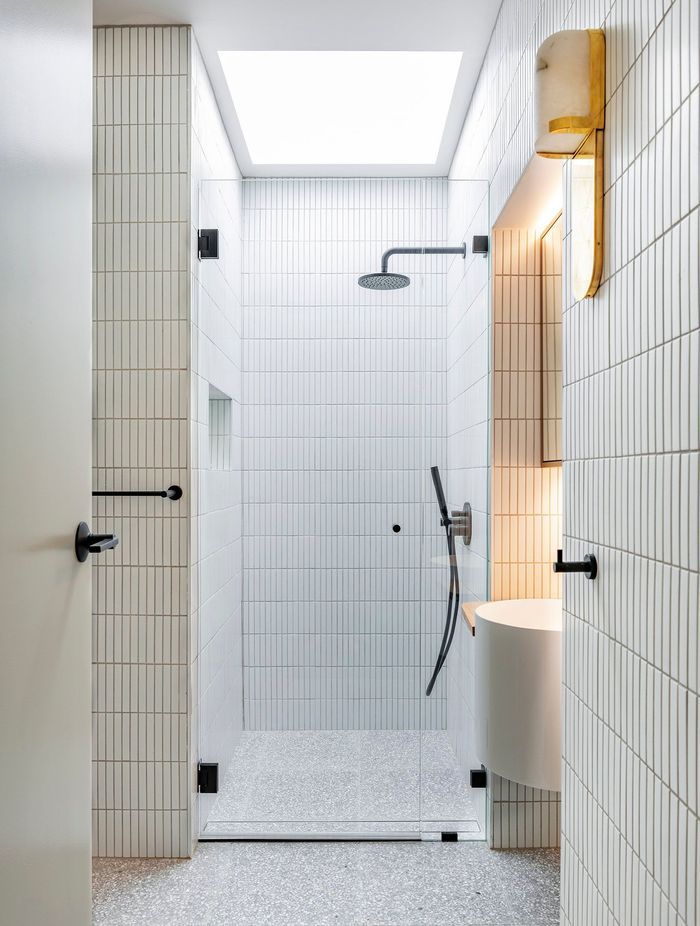What you need to know about renovating a heritage home
Written by
22 August 2022
•
4 min read
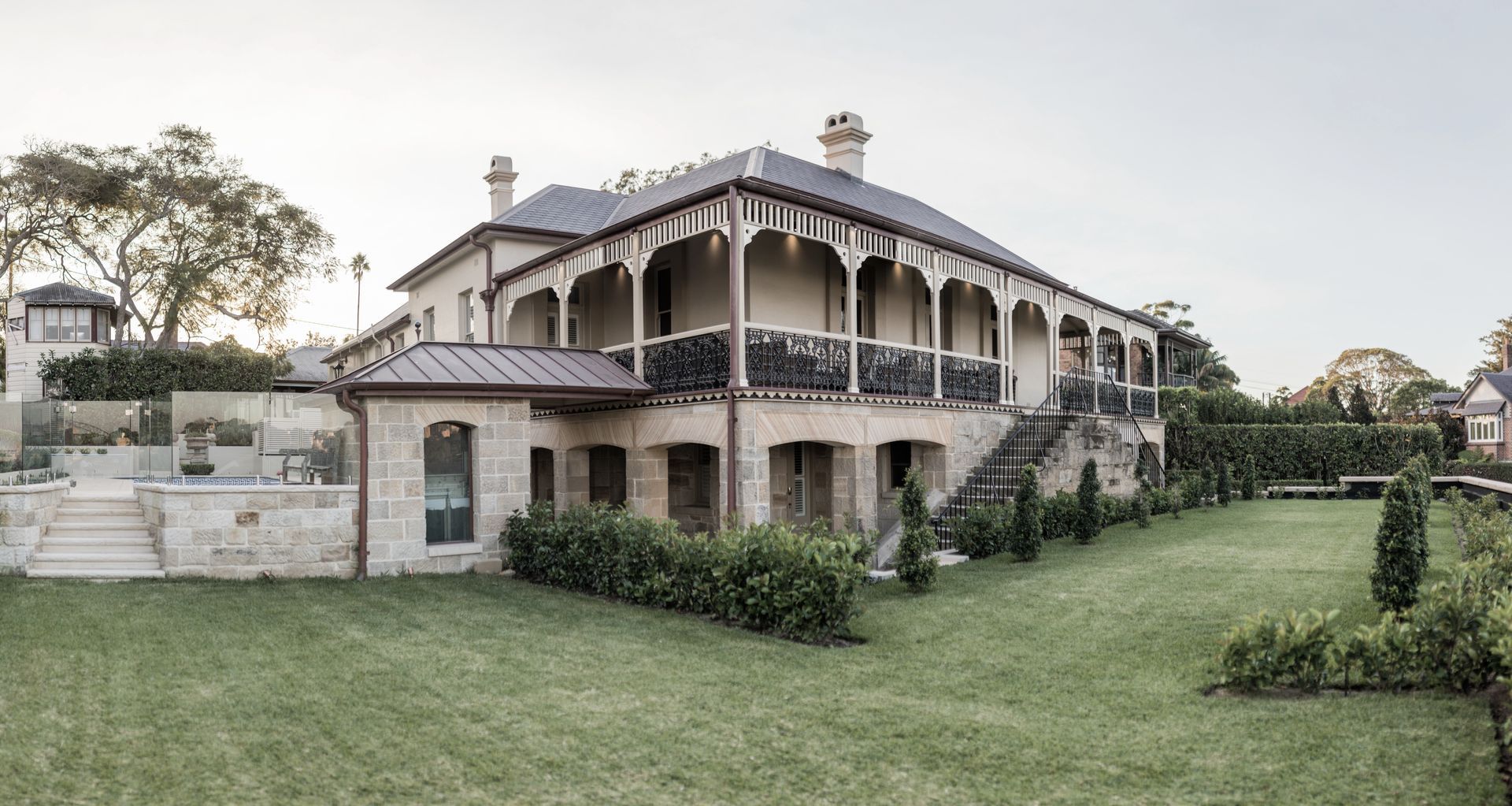
Owning and restoring a heritage home is a dream for many a renovator, but what most people don’t realise is that heritage homes come with a unique set of rules set out by your local council or state government. Fortunately, we’ve created a general guide to navigating the waters of heritage home renovations.
Is it a heritage listing or heritage overlay?
Your home can be protected by a heritage listing or heritage overlay. A listing generally covers land and buildings, while an overlay controls modifications only to the external parts of a building, and on rarer occasions internal changes. These are in place to protect homes that are historically or culturally significant and are enacted to ensure the original character and integrity of these homes are maintained. Information about your home’s listing can be found on either Australia’s National Heritage List, or a State Heritage Register.
Getting financial assistance
Due to the significance of these homes and the costs associated with maintaining them, homeowners in some states of Australia may be eligible for heritage incentives, such as free advice, loan subsidies or grants. For example, if your home is listed on the Victorian Heritage Register, or the State Heritage Register in NSW, homeowners can apply for financial aid.
You can make structural changes to a heritage home
According to the Department of Planning, Industry and Environment, you can make additions or undertake changes to your home if they are compatible with, or complement, the heritage house. However, homeowners will need to gain consent from their local or state council, or state or territory’s heritage council.
Approval of your proposed works will depend upon the size of the proposed alteration, how visible it will be from the street or neighbouring heritage listed properties and what materials you plan to use. You can expect to encounter limitations on extending the home upwards, and although you can’t change the original structure, street facade or front rooms of a heritage home, you can usually undertake structural changes at the rear of the property, such as low-rise extensions and contemporary modifications. This can include knocking down walls to create open-plan living or an extension, but heritage details must be kept whole and the project will require council approvals. It’s important to note that if your home is deemed to be of particular historical importance, you may have tighter restrictions than other heritage homes.
You can make a heritage home liveable
Depending on whether your heritage home was recently renovated, you may need to update the electrical wiring, install internet cables and ports, power points and appropriate heating and cooling technology to ensure energy efficiency. You may also need to replace unsafe or damaged lighting, old plumbing or pipes and install fire and smoke alarms – and these are all perfectly acceptable changes that fall under making the home safe and liveable according to Heritage NSW.
You can exchange like-for-like and undertake repairs
When it comes to carrying out essential maintenance of the interior and exterior of a heritage home, you generally don’t need approval for like-for-like repairs, such as swapping out an old rotting window frame for a salvaged one of the same era in better condition, restoring a damaged original ceiling rose to its former glory, or removing tiles and balustrade that haven’t worn well.
You can install new fixtures and fittings
Provided that your new fixtures and fittings won’t damage any mint-condition original features or detract from the original appearance of the interior or exterior location, these changes are considered acceptable in heritage homes. Our advice is to replace old fixtures and fittings with new products that are sympathetic to your home’s era.
Kitchens and bathrooms can be updated
Given some heritage homes have entirely impractical and unsafe kitchen and bathroom situations, renovating these spaces to make them conducive to modern day living and hygiene practices is essential. This can include replacing showers, baths, sinks, plumbing, tapware, splashbacks, tiles, hinges, benchtops and cabinetry.
You can make cosmetic changes
Painting the interiors, changing the floors and giving your heritage home a general facelift is possible, as long as major structural works aren’t being undertaken.
See how architects have incorporated modern extensions to the rear of heritage homes on ArchiPro.

